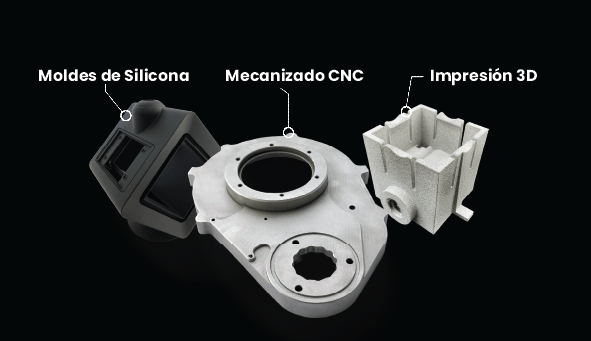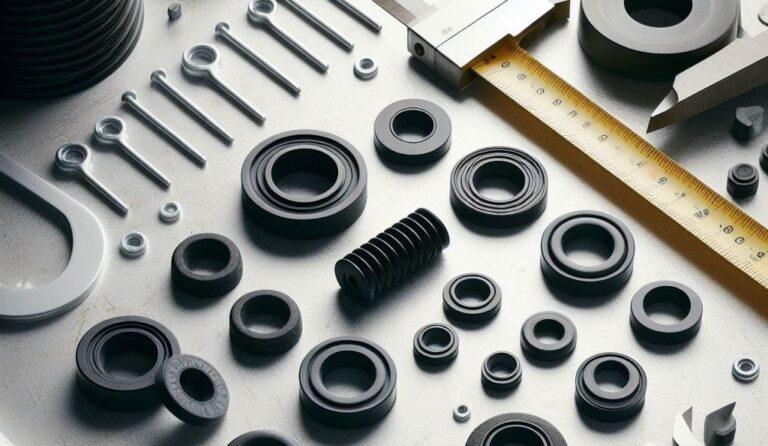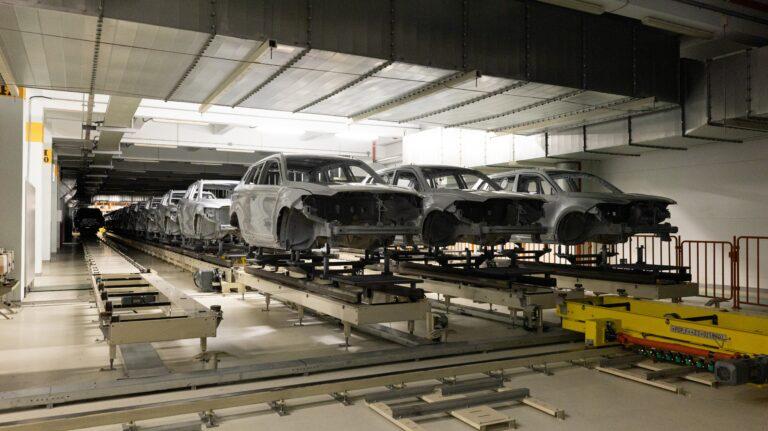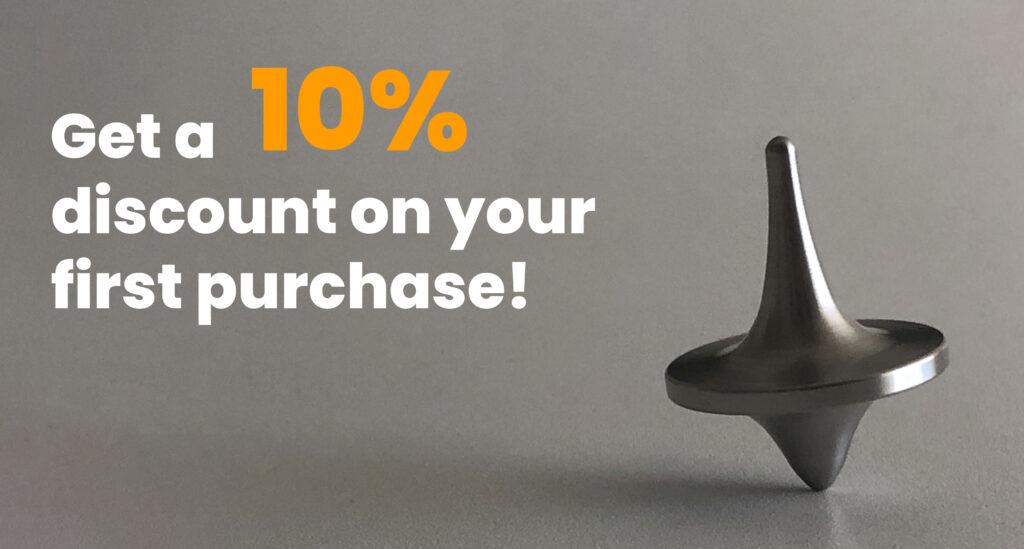Producing high quality parts quickly and cost-effectively is a key factor in design and manufacturing decisions, especially in prototyping and mass production. For this purpose, vacuum casting in silicone molds is an ideal method. In this article we will tell you about the advantages and applications of this process for the creation of parts using silicone molds.
What are the main advantages of vacuum casting?
- Durability of polyurethane parts: polyurethane casting can be obtained in both rigid and flexible plastics. Parts manufactured by this process are generally strong and tough (even tougher than injection molded parts). In addition, they are significantly stronger than 3D printed parts.
- Scalability: Our vacuum casting process is optimal for low production volumes ranging from a single unit to several hundred parts. On average, each silicone mold can cast about 20 pieces with warranty. The maximum quantity will vary depending on the design of the part.
- Polyurethane resin part materials: we offer a wide range of polyurethanes, both soft and flexible (silicone, TPA, NBR…) and rigid and resistant (ABS or PC). In addition, both opaque and transparent parts can be obtained.
- Colors: vacuum casting allows to obtain pigmented parts based on a specific RAL or Pantone code. For this purpose, the polyurethane is colored prior to casting. In this way, a coloration equivalent to an injected part is obtained.
- Agility: the parts obtained through this process are shipped within 10 working days, depending on the requirements of the parts and quantities. In contrast, injection molded parts may require several weeks.
- Silicone molds with highly detailed geometries: when the project presents particular angles that require delicate demolding, at Proto&Go! we recommend vacuum casting. Its elasticity allows technicians to extract complex geometries without the risk of deforming them.
Applications for the manufacture of parts in silicone molds
- Low production levels: Polyurethane parts obtained by vacuum casting in silicone molds are perfect for small quantity production (when volumes do not justify investment in injection molds). In the same way, they are also ideal for the first serial production parts that can be obtained weeks before the production tooling is ready.
- Advanced prototyping: the polyurethane casting process and the relatively inexpensive tooling involved make it easy and economical to approximate the design and quality of the parts obtained to production levels. It is also the ideal way for the prototyping of elastomeric parts, with characteristics similar to silicone, TPA, NBR… and with hardnesses between Shore A 30 and Shore A 90.
- Market testing: a high-quality finish makes polyurethane parts ideal for consumer testing, user evaluation and concept models. In addition, it allows almost unlimited complexity, including internal corners without radii, unachievable with CNC machining, and designs with no demolding or uniform wall thickness that cannot be injection molded.
In conclusion, vacuum casting of silicone molds is an ideal process for the fast and economical creation of durable and highly detailed parts.
In addition, at Proto&Go! we have managed to digitize the manufacture of parts from an online platform and thus lead the vanguard of prototype production. In this way, we have managed to make the latest production technologies available to any user in a simple, fast and economical way.
Don’t wait any longer and request your quote through our platform!





